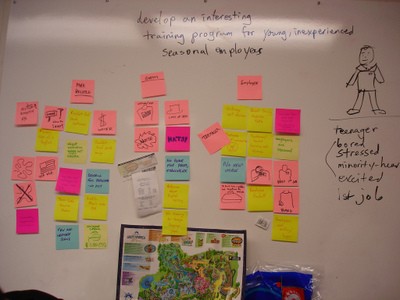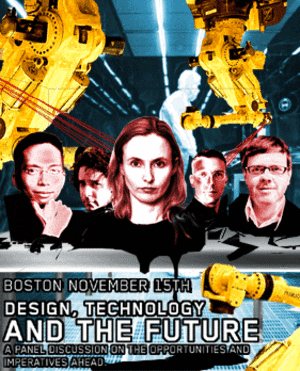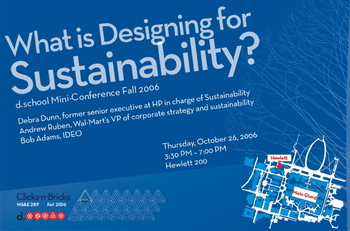Earlier this week I gave a talk a the Design Management Institute’s yearly International Design Conference in beautiful Manchester Village, Vermont. I spoke on the topic of innovation metrics, and explored some of our latest thinking from the business design thinkers here at IDEO.
What was interesting to me was the split nature of the feedback I received from the crowd. I would say that most of the people resonated with my stated point of view that the innovation process can be made more predictable by thinking in a structured way about where you want to go and then using metrics and measures to improve the efficiency and effectiveness of the design process going forward. A smaller minority of the people present felt that I hadn’t argued strongly enough along the lines of "Good Design = Good Business". I hadn’t expected that feedback.
In fact, I didn’t try to argue that equation at all. Not because I don’t think that good design outcomes are a key driver of organic growth, but because it’s not a provable point. Success on the market is a complex thing, and it’s a gross simplification to tie it back to what I would consider to be the somewhat myopic worldview of "Good Design", which is very much about a fetish for beautiful objects and less about creating good fit to broader webs of individual, social, and economic needs and benefits, which is the realm of design thinking. Success has many parents, and good design is only one of them. Instead, I believe that good design thinking can lead to a higher success rate when innovating, and that’s the link to good business outcomes. And that’s where employing metrics to gauge and guide the innovation process comes into play — they’re a way to inform and improve the context in which our design thinking occurs. It’s about measuring and aiding the process of value creation via design thinking, not proving that design can create value.







